
Animals that can change their color have intrigued human minds for centuries, whether in ancient myths or modern science fiction. But the reality is even more enchanting.
Beyond the infamous chameleon, several animals can change color, at times within seconds. These color changes occur for various reasons: camouflage, communication, temperature regulation, or expressing emotions.
This listicle delves into nine remarkable creatures that can change their color, highlighting the diverse mechanisms and reasons behind this fascinating adaptation. We’ll also explore unexpected uses of this ability, how it defies assumptions about evolution, and what it could teach us about everything from materials science to mood tech.
1. Chameleon: The Color-Changing Icon
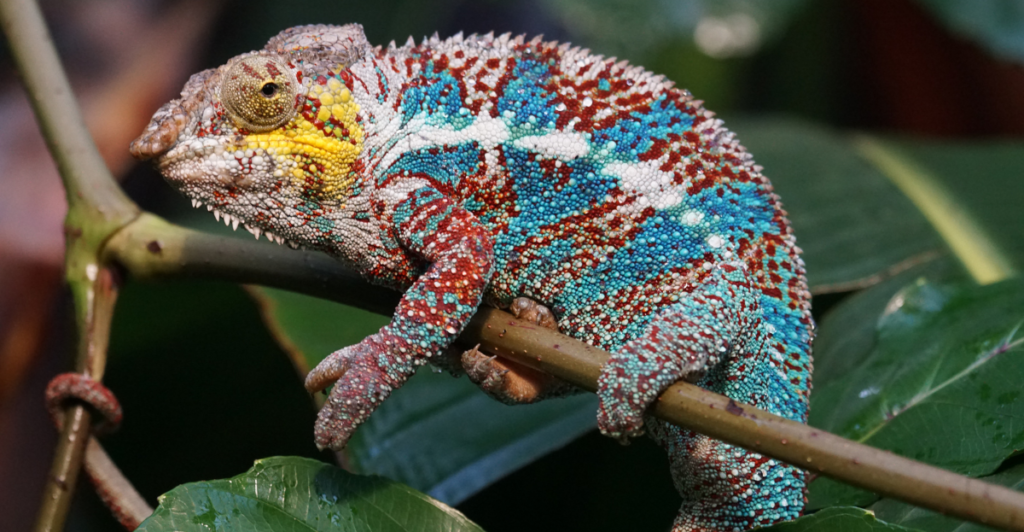
Chameleons are the poster children of color change, but their reputation is often misunderstood. Even though it is generally believed that chameleons change color solely for camouflage, they also change color to express emotion, signal dominance, and regulate body temperature.
Chameleons change color by using specialized cells in their skin called iridophores, which contain nanocrystals that diffract light differently based on spacing within cells. For example, a male veiled chameleon can flash vivid colors to repel rivals or to attract a mate.
Occasionally, chameleons exhibit a stunning final burst of color before death, a behavior that has perplexed biologists and sparked debate over its evolutionary function.
2. Cuttlefish: The Sea Illusionist
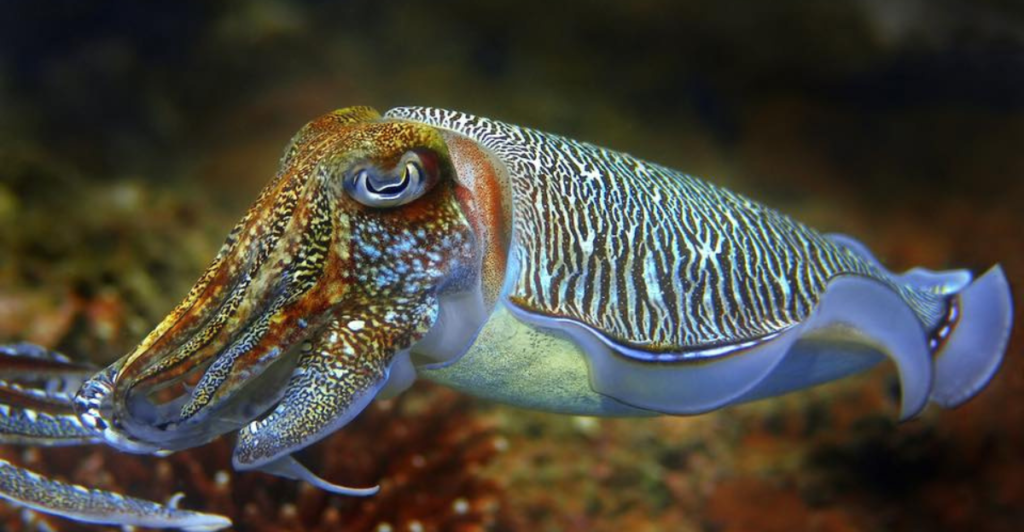
Cuttlefish, a member of the cephalopod family, are among the most sophisticated color-changers in the animal kingdom. They rapidly alter the color, texture, and pattern of their skin through a three-tiered system of chromatophores, iridophores, and leucophores.
Guided by the brain with eerie accuracy, these changes enable cuttlefish to camouflage themselves in intricate backgrounds, signal danger or mating cues, and even hypnotize prey with flashing light patterns. Their neuromuscular control is so precise that they can reproduce the texture of sand or coral in a matter of seconds.
Evolutionarily speaking, they’re biological shapeshifters—living, breathing manifestations of adaptive design beyond anything human technology has achieved.
3. Green Anole: The American Chameleon
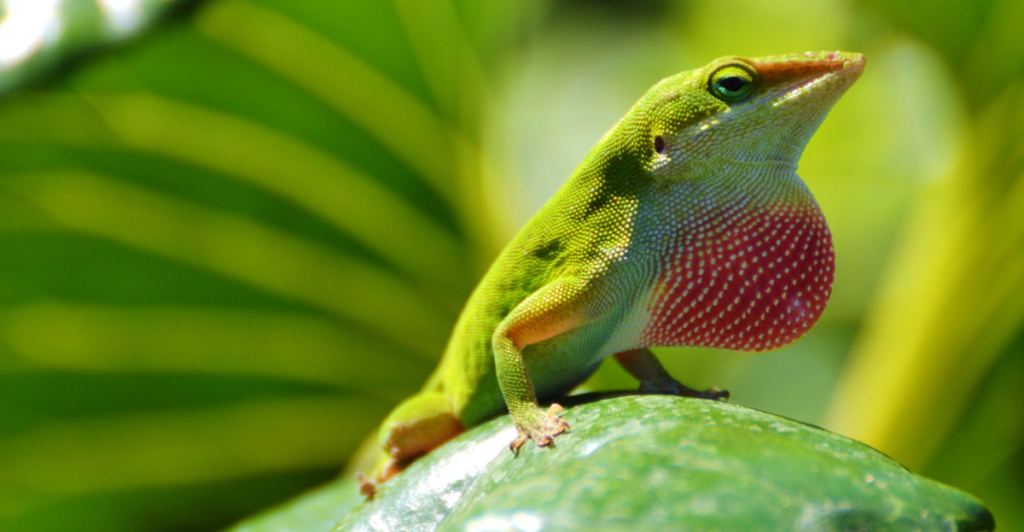
Described as the “American chameleon,” but not a true chameleon itself, the green anole has its own version of color-changing behavior. Native to the southeastern U.S., it shifts between bright green and earthy brown depending on temperature, mood, or social status.
This is not camouflage for camouflage’s sake—a darker shade can signify submission, stress, or even dehydration. Interestingly, their color change is less intense and slower than that of chameleons, mainly because it is controlled by their hormones rather than neurological processes.
Still, they are an essential study in how subtle color modulation can aid survival, especially in changing environments, illustrating the evolutionary power of subtle adaptations.
4. Arctic Fox: Seasonal Camouflage Master
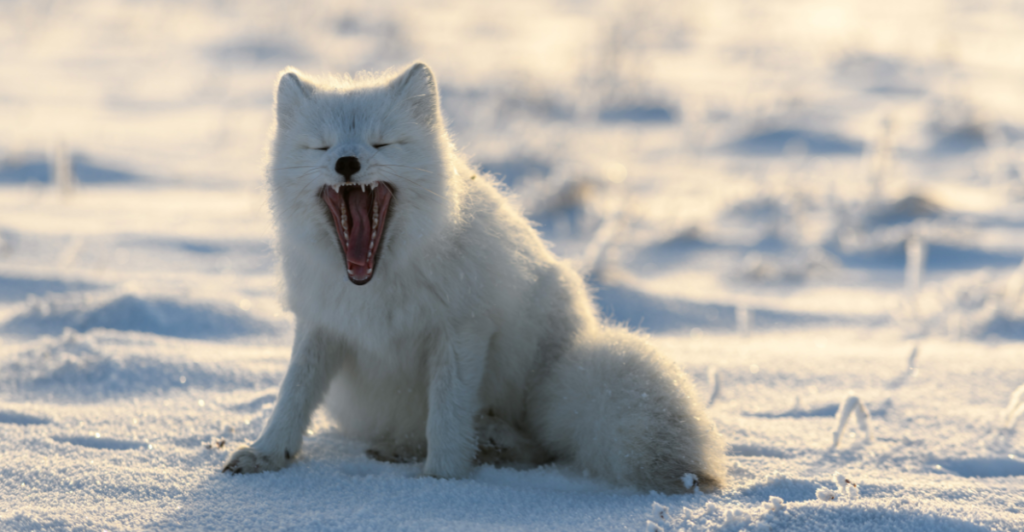
The Arctic fox is the first mammal to change color seasonally. During winter, it has a white coat that blends with snowy terrain, but during summer, it turns shades of brown or gray to adapt to tundra environments.
This is due to photoperiodism—fluctuations in daylight that induce hormonal reactions regulating fur pigmentation. Seasonal camouflage is not merely cosmetic. A well-camouflaged fox is better at ambushing prey and avoiding predators.
Unlike rapid color changers like cuttlefish, the Arctic fox’s color shifts are a slow, adaptive tactic that is just as effective. This evolutionary alternation demonstrates how environmental predictability can create a strikingly different adaptive characteristic.
5. Pacific Tree Frog: Mood-Driven Color Shifts
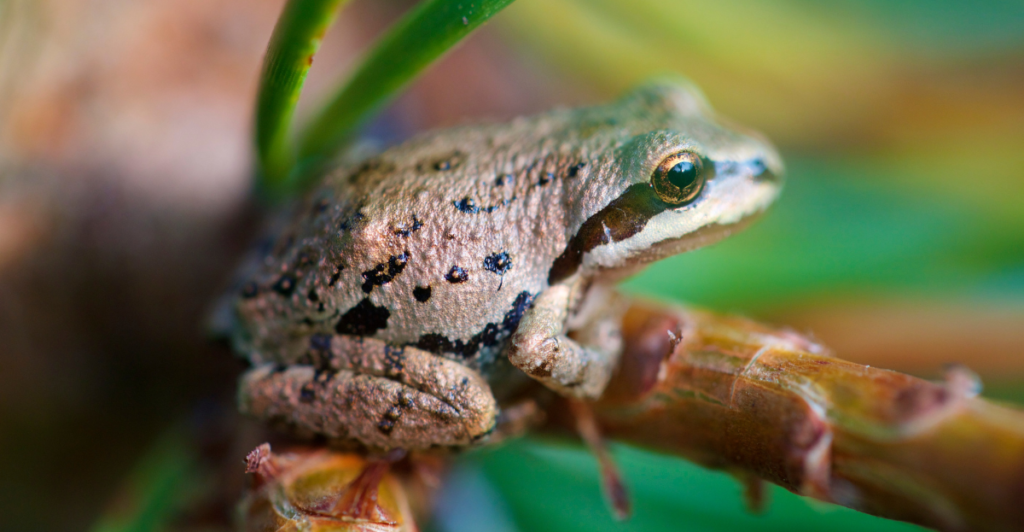
The Pacific tree frog is a small amphibian with a surprisingly dynamic skin color. Typically green or brown, the frog can change color within hours or days in response to humidity, light, and stress levels.
While not instantaneous, like in the cuttlefish, it still serves a critical purpose for survival. When hidden under leaves or pieces of bark, these frogs adjust their coloring to better match their surroundings. Some scientists speculate that the color change may also signal reproductive status.
While less dramatic than some cephalopods, the Pacific tree frog’s abilities highlight how even delayed color change can offer important ecological advantages.
6. Flounder: The Camouflage Master
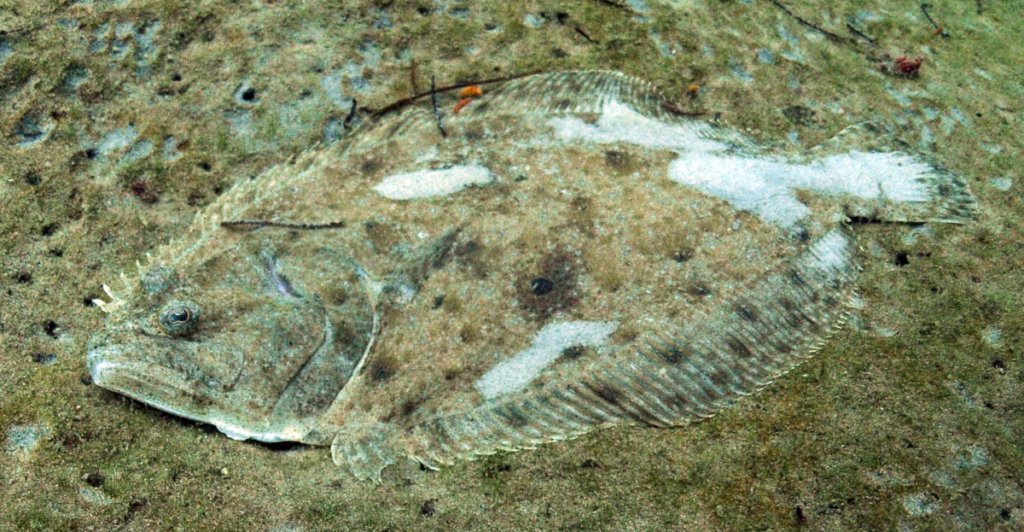
Masters of camouflage, flatfish or flounders inhabit the ocean floor with chromatophores that enable them to darken, lighten, and pattern their bodies to match sandy or rocky sea floors.
What is more surprising is that not only do they change color, but they also interpret visual data from their surroundings to maximize their camouflage. Their eyes, both located on one side of the body due to a metamorphic twist during development, provide a wide field of vision.
This implies that flounders can modify their appearance in real time. They are not active color changers but clever perceivers, employing environmental changes with precision, not unlike AI image filters.
7. Golden Tortoise Beetle: The Shimmering Transformer
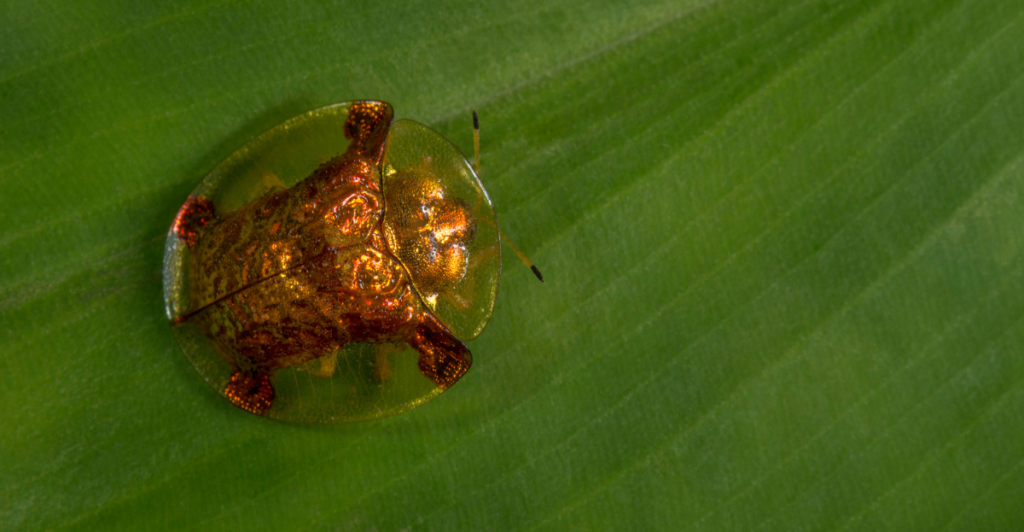
The golden tortoise beetle is a shining enigma. Generally metallic gold in color, they can turn reddish-brown when frightened or agitated, only to revert back when calm.
Unlike pigment-based color change, its transformation is structural. Light is reflected off multilayered cuticles, and alterations in internal fluid changes alter the beetle’s reflective index. Such an ability might deter predators by simulating toxicity or rendering the beetle unidentifiable when attacked.
The iridescence also represents a rare case of dynamic structural coloration among insects and has provoked biomimetic research in materials science. Its color change isn’t just for defense—it’s an optical deception built through nanoengineering.
8. Squid: The Deep-Sea Communicator

Squids are some of the most communicative color changers, using chromatophores to flash signals on their bodies like underwater billboards. Squids can flash patterns for camouflage, aggression, or even mating, depending on the species.
Some deep-sea squid species even have bioluminescent organs that produce light, generating glowing displays to lure prey or deter predators. This light-based communication is controlled by a sophisticated nervous system capable of producing patterns in real-time.
Researchers have studied squids to develop next-generation flexible displays and adaptive camouflage technologies. Unlike animals that change for camouflage, squids change color as a form of expression, making them both strategic avoiders and flamboyant performers.
9. White-Tailed Deer: Seasonal Coat Adaptation
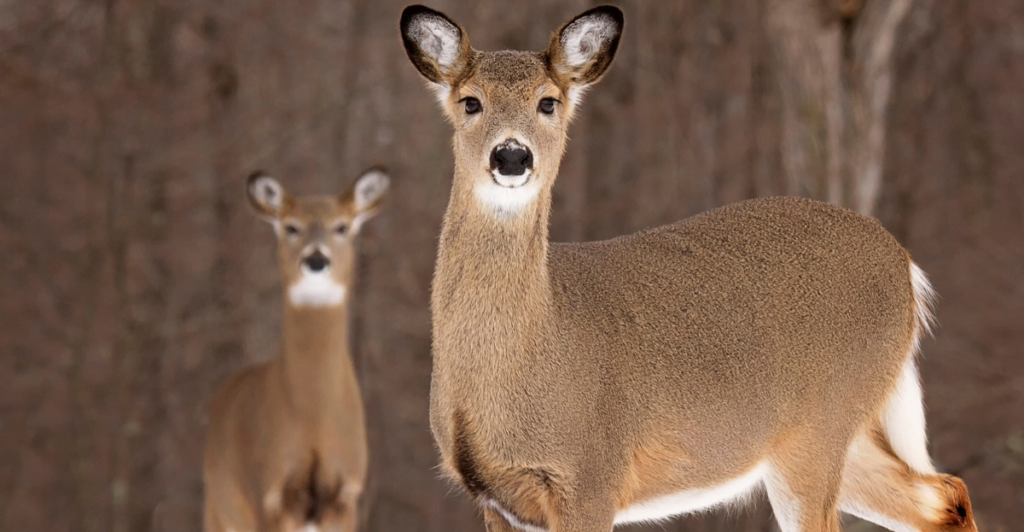
Less conspicuous than cephalopods or lizards, the white-tailed deer also undergoes seasonal color changes. Its coat varies from reddish-brown in summer to gray in winter to blend better with forest landscapes as the seasons change.
This camouflage, through endocrine responses to sunlight, reduces their visibility to predators and helps preserve warmth. As slow and subtle as it is, this form of color change underscores how even large mammals can benefit from camouflage.
It provides an interesting comparison to animals that change color quickly. It presents a mammalian viewpoint on the evolutionary trade-offs between speed, stability, and metabolic cost in developing adaptive coloration mechanisms.
Explore more of our trending stories and hit Follow to keep them coming to your feed!

Don’t miss out on more stories like this! Hit the Follow button at the top of this article to stay updated with the latest news. Share your thoughts in the comments—we’d love to hear from you!







